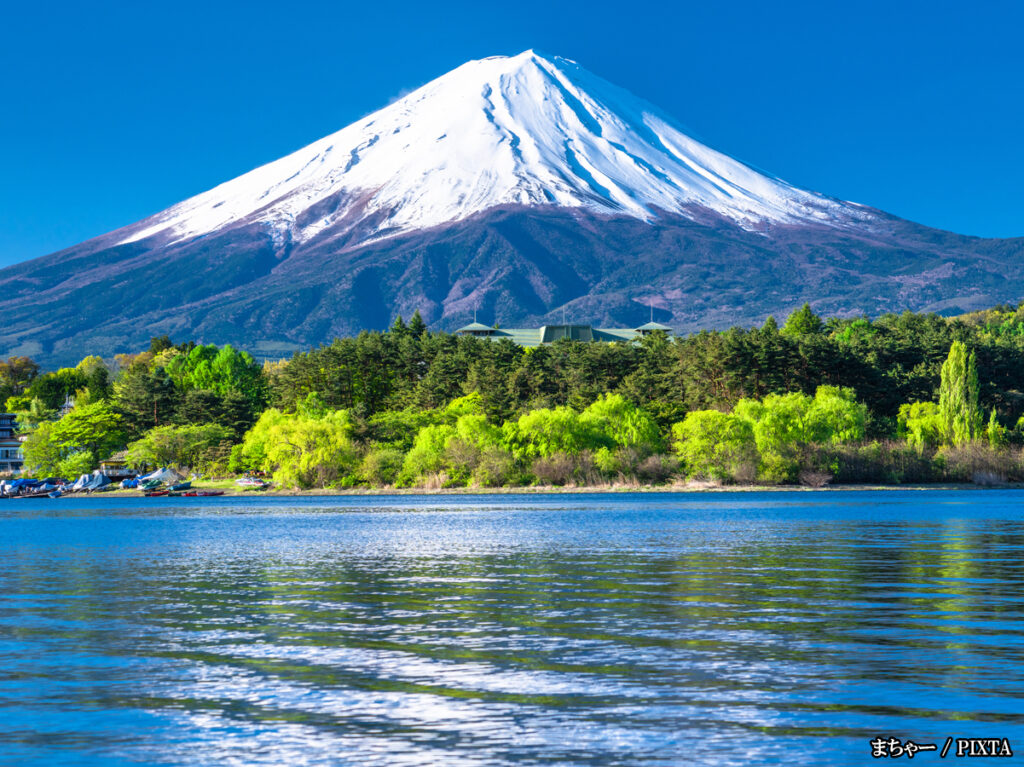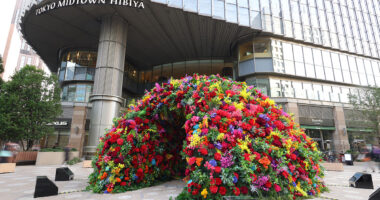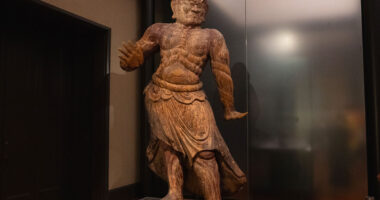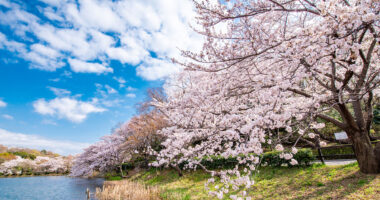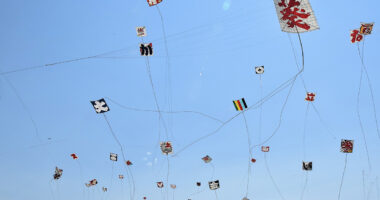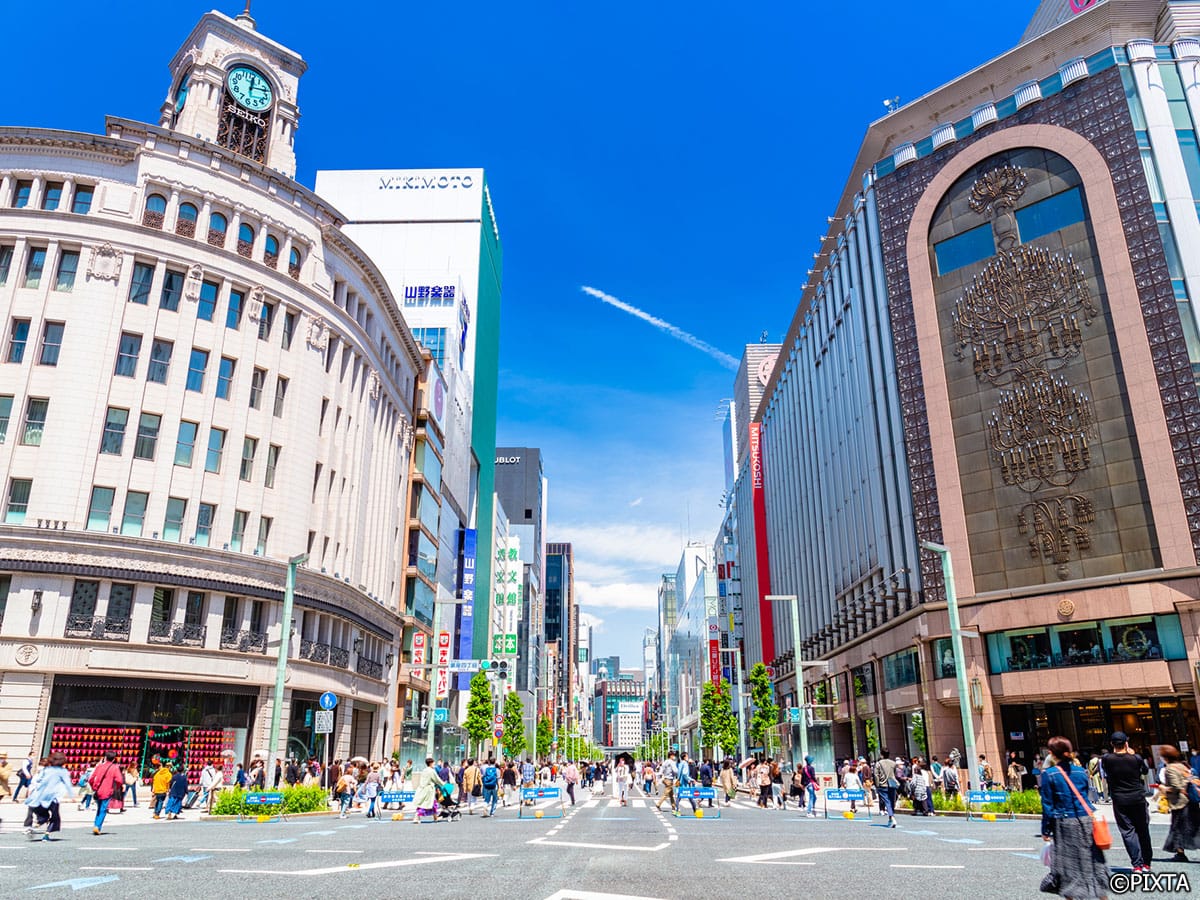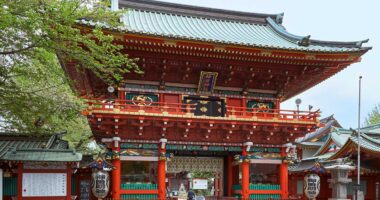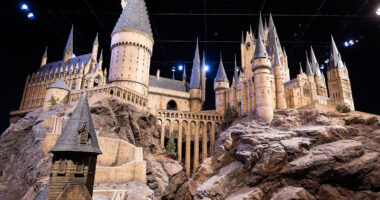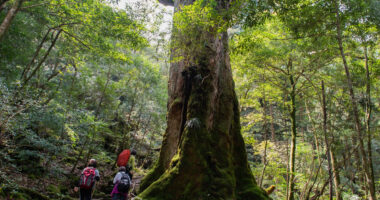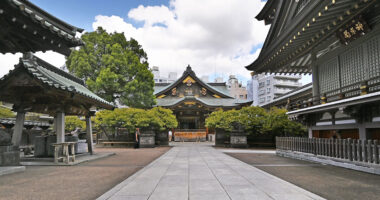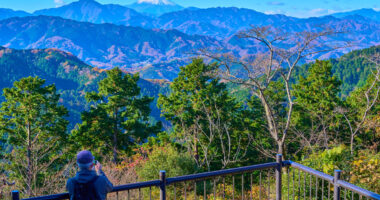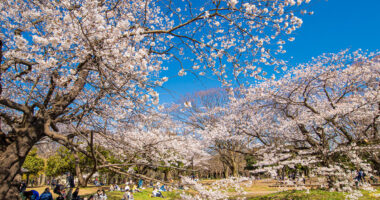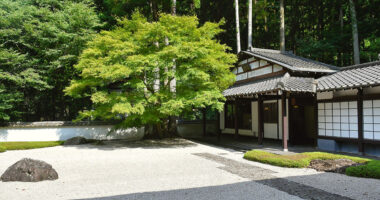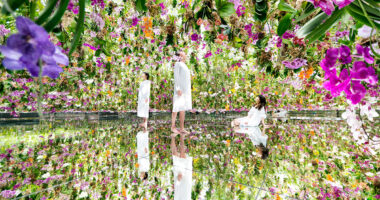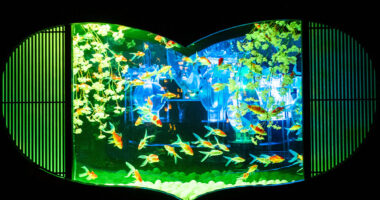As one of the Fuji Five Lakes, Kawaguchiko (also known in English as Lake Kawaguchi) offers some of the most spectacular views of Japan’s iconic Mt. Fuji. This picturesque lakeside destination in Yamanashi Prefecture draws visitors year-round, all hoping to catch the perfect view of the mountain. However, timing your visit can make all the difference—clear skies may reveal a breathtaking scene, while cloud cover can completely obscure it.
Seasonal highlights in Kawaguchiko
Spring (April-May)
Spring brings Kawaguchiko to life with beautiful cherry blossoms, which typically bloom from mid-April to early May. Along the northern shore of Lake Kawaguchi, cherry tree-lined paths create scenic spots for hanami (flower viewing) with a stunning Mt. Fuji backdrop. The Kawaguchiko Cherry Blossom Festival, held during this time, also offers a quieter alternative to Tokyo’s popular hanami destinations.
While spring weather is generally mild, it can be somewhat unpredictable. Early mornings usually provide the best chance at a clear Fuji view before clouds gather in the afternoon. If possible, aim for weekdays to avoid the larger crowds around Golden Week (late April to early May).
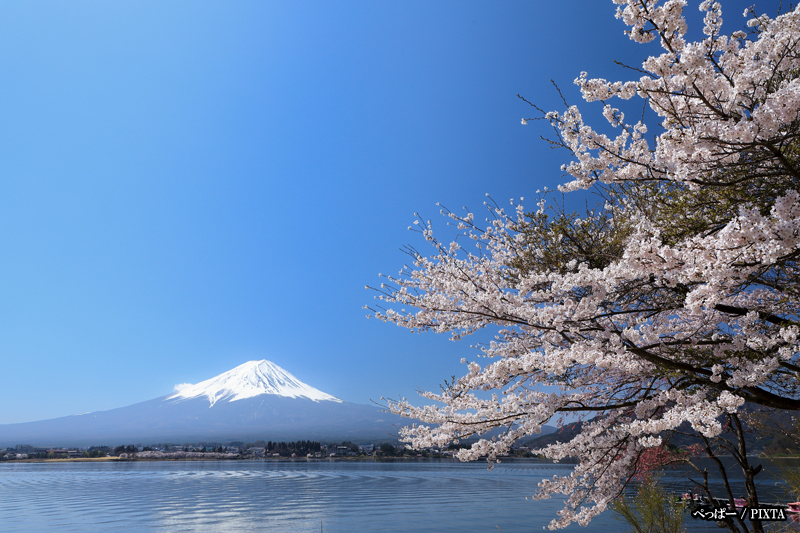
Photo for illustrative purposes
Summer (June-August)
Summer in the Kawaguchiko area is marked by lush green landscapes and a wide range of outdoor activities, though it is considered the most challenging season for Mt. Fuji viewing due to frequent cloud cover and hazy skies. Still, seasonal highlights like the vibrant lavender fields at Ōishi Park and the annual Herb Festival, which runs from mid- to late June to mid-July, add color and charm to the area.
With the longest daylight hours of the year, summer is also an ideal time to explore attractions around the lake at a relaxed pace. For the best chance of seeing Mt. Fuji, plan to rise early (before 8:00 AM) when the mountain is more likely to be visible before the clouds roll in.
Autumn (September-November)
Autumn is widely considered one of the best seasons to visit Kawaguchiko. The fall foliage typically reaches its peak from early to mid-November, transforming the landscape into a striking display of reds and golds that beautifully frame Mt. Fuji. One of the season’s standout events is the Autumn Leaves Festival, held along the Maple Corridor on the lake’s northern shore.
Weather during autumn is generally stable, with low rainfall and more reliable visibility of Mt. Fuji throughout the day. Comfortable temperatures make it ideal for sightseeing, and while crowds are lighter than during cherry blossom season, weekends during peak foliage can still get quite busy.
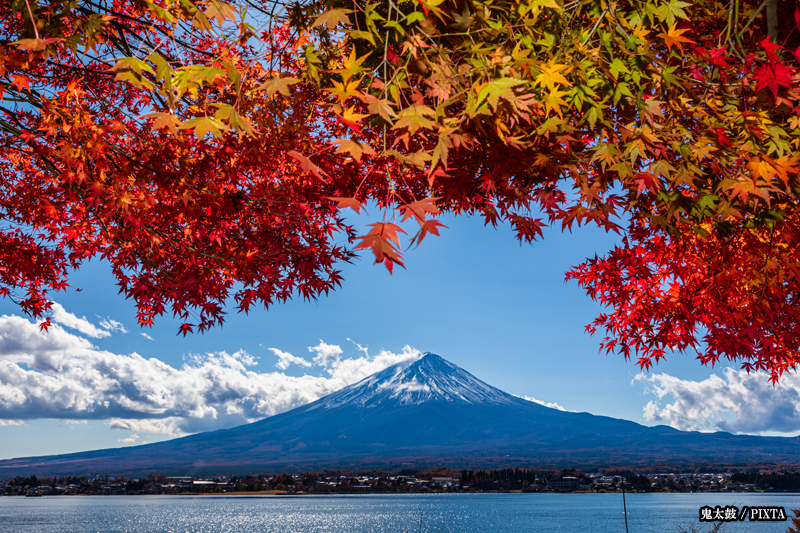
Photo for illustrative purposes
Winter (December-March)
Winter provides visitors with the most reliable Mt. Fuji views of any season, as the cold, dry air creates consistently clear skies, particularly from December to February. The sight of a snow-capped Mt. Fuji against a bright blue sky makes for some remarkable photography opportunities, as well.
While temperatures can drop well below freezing, especially in the mornings, winter brings uniquely peaceful landscapes with noticeably fewer crowds. One of the most notable natural events during this season is the annual Diamond Fuji phenomenon, when the sunrise aligns directly with Mt. Fuji’s peak—a rare and breathtaking moment visible from select spots around Kawaguchiko from mid-October to late February.
Getting to Kawaguchiko from Tokyo
Kawaguchiko is easily accessible from Tokyo, with several convenient transportation options:
- By train:
The Limited Express Fuji Excursion train offers direct service from Shinjuku Station to Kawaguchiko Station in approximately two hours. Alternatively, you can take the JR Chuo Line to Otsuki Station, then transfer to the Fujikyu Railway Line for the final leg of the journey. - By bus:
Highway buses run regularly from Tokyo’s Shinjuku Bus Terminal to Kawaguchiko Station, with a travel time of around 2 hours, depending on traffic. This option is often more budget-friendly than the train.
For international visitors, the Fuji Hakone Pass offers good value if you’re planning to explore multiple areas around Mt. Fuji. It includes transportation from Tokyo as well as access to local buses in the Kawaguchiko area, making it ideal for regional sightseeing.
Viewing Mt. Fuji
Best viewpoints by season
The northern shore of Lake Kawaguchi has excellent year-round views of Mt. Fuji, with certain spots standing out in different seasons:
- Oishi Park: Best in summer to see lavender fields and spring for cherry blossoms
- Chureito Pagoda: Spectacular in spring (cherry blossoms) and autumn (fall foliage)
- Mt. Fuji Panoramic Ropeway: Provides elevated views regardless of season
- Kawaguchiko Music Forest: Particularly beautiful during autumn leaf season

Photo for illustrative purposes
Seasonal considerations
The visibility of Mt. Fuji can vary greatly depending on the season. Winter mornings typically provide the clearest views, while summer afternoons often see the mountain hidden behind clouds. To avoid crowds during peak seasonal events, such as cherry blossoms and autumn leaves, aim to arrive at popular viewpoints before 9:00 AM.
Practical travel tips
Watching out for the weather
Mt. Fuji’s visibility depends heavily on weather conditions. Be sure to check the forecast before your visit, and build flexibility into your itinerary when possible. The Japan Meteorological Agency provides reliable visibility forecasts for the mountain.
Don’t be discouraged if clouds obscure the mountain view on your first attempt; spending a night in Kawaguchiko can improve your chances of a clear sighting, especially in the early morning.
Recommended duration of stay
For international visitors, a two-night stay in the Kawaguchiko area is ideal. This provides multiple opportunities to see Mt. Fuji at different times of day and allows time to explore the lake area’s key attractions. If you’re visiting during cherry blossom or autumn foliage seasons, consider adding an extra day to fully enjoy the seasonal beauty without feeling rushed.
While Mt. Fuji can be viewed from Kawaguchiko year-round, autumn and winter generally offer the most consistent visibility. Spring brings the added charm of cherry blossoms, while summer showcases lush green landscapes. By timing your visit with the seasons and following a few practical travel tips, you can maximize your chances of experiencing that perfect Mt. Fuji view.
